Try this natural melt and pour soap base recipe with home ingredients: coconut oil, sunflower oil, vegetable glycerin, etilic alcohol and sugar syrup! Gather these ingredients and transform them into glycerin soap!
You already know by now that melt and pour soap can be made with a purchased, pre-made soap base (see this post if you don’t). And these are nothing more, nothing less than glycerin soap.
Table of Contents
- Can I Really Make Melt and Pour Soap Base At Home?
- Melt And Pour Soap Base Recipe
- Find Where to Buy Natural Soap Base
Can I Really Make Melt and Pour Soap Base At Home?
Yes, you can easily make these soap bases yourself at home!! This is what this post is all about: teaching you how to make a “melt and pour” glycerin soap base from scratch.
There are some good reasons why you should try to make your own soap base:
- You can say: “I’ve made it”. There’s nothing like knowing and acknowledging before others that you’ve made the pretty glycerin soap in the bathroom all by yourself. From scratch! It’s a matter of personal realization and satisfaction.
- You control the ingredients. You want to avoid synthetic chemicals or allergens? Don’t use them. Petroleum or animal-based products? Don’t add them to your base. Just find out the recipe that best fits your needs. Besides, you don’t need a soap base that lasts 5 years, foams like a foam party, or keeps the scent everywhere you go… right? Those are commercial soaps and they may be harmful to your skin…
- It can be more economical than purchasing the base itself. Soap bases manufacturers have it all optimized for maximum profit, and you are wondering if you can actually make it cheaper at home. It all comes down to how much the ingredients cost in your local area. For me, in Portugal, soap bases cost from 8€/kg to 10€/kg. As I source an affordable coconut oil and vegetable glycerin and the rest of the ingredients are cheap in supermarkets, I managed to make it by a materials cost of 4,7€. Quite cool, huh?
Melt And Pour Soap Base Recipe
This recipe and tutorial are from Silvana Liviero. She’s a brazilian cosmetologist who was kind enough to allow me to publish her recipe on my blog. She manages a facebook group called saboaria artesanal para iniciantes. In there, she guides beginners in soap making with tips, answering questions and doubts, and sharing lots of cosmetic recipes (not just soaps). She also owns a YouTube channel.
This recipe uses coconut and sunflower oil, making it a conditioning and foamy glycerin base (without the usage of synthetic lauryl). All other ingredients are natural and, apart from the vegetable glycerin and lye, you should have them already at home.
I hope you’ve enjoyed this recipe!! Give it a try!! If you have a question or wish to share your experience, feel free to leave a comment below.
Find Where to Buy Natural Soap Base
You probably want to start melt and pour soap making without having to make a soap base… Pre-made soap bases, as long as they don’t use synthetic detergents, make great handmade soaps, and it’s simpler! Find where to buy some good soap bases online in the links below:
Ingredients
Lye Water
- 67 g lye (100% sodium hydroxide)
- 123 g distilled water
- 200 g alcohol 96º (ethanol) or propylene glycol – beware this ingredient may be a skin irritant
Oils
- 300 g refined or organic coconut oil
- 100 g sunflower oil
Other Ingredients
- 100 g vegetable glycerin
- 120 g sugar syrup
Sugar Syrup
- 110 g white sugar
- 40 g distilled water
Instructions
Get Ready!
- Wear goggles, gloves and mask! Look at “Safety Recommendations” in the video above or in How to Make Soap From Scratch
- Assemble everything: ingredients, equipment, safety equipment. Prepare your workstation, including a well ventilated area to make the lye water. Measure all the ingredients. Don’t start the recipe without having everything ready!
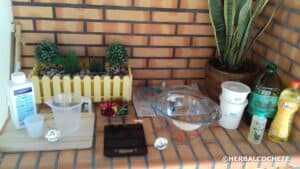
- Learn how to make sugar syrup in this video, but make sure you use the quantities indicated above: 110 g of sugar and 40 g of water. Do not let it turn into caramel – keep it thin.
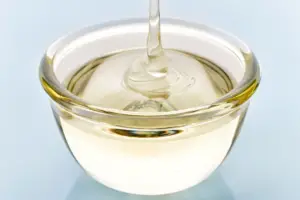
Heat the Oils
- Heat the oils until the coconut oil is fully melted. You will benefit from heating the oils up to 65ºC but it is not mandatory
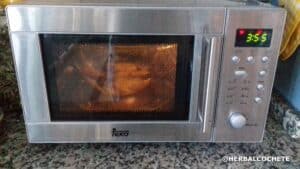
Make the Lye Water
- Make the lye solution according to How To Make Lye Water. Mix it until the vapors start to dissipate.
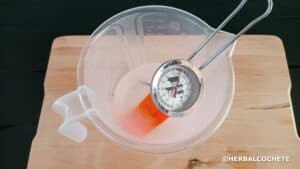
- Add the alcohol to the lye water and mix well
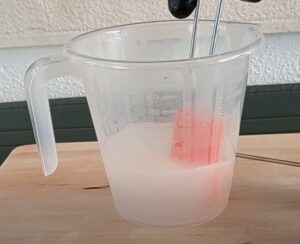
Make the Soap
- Pour the lye water with alcohol into the oils. Mix well for around ten minutes. The mixture will start to create a bit of foam, and then will make a small "parafin-like" film at the surface. Add the glycerin and the sugar syrup and continue to mix well.
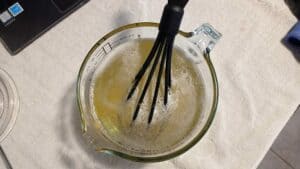
- By now your soap should look like in the picture or in the video (3:41)
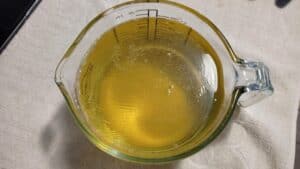
Molding and Curing
- Pour the soap into your mold. Your mold can be pretty much anything, but I've used a silicone cake mold. Sprinkle with alcohol to remove any bubbles. Let your soap set for 24 h, preferably in the fridge. It might take longer than 24 h to fully solidify outside the fridge.
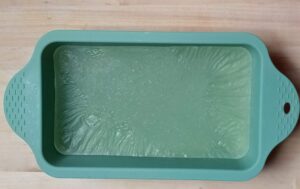
- Let it cure for 15 days, to dry out the alcohol and water.

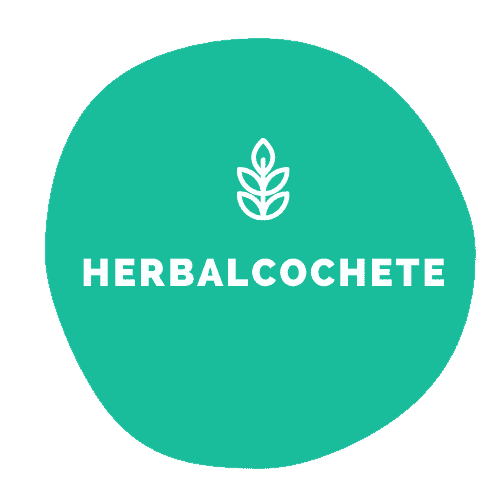
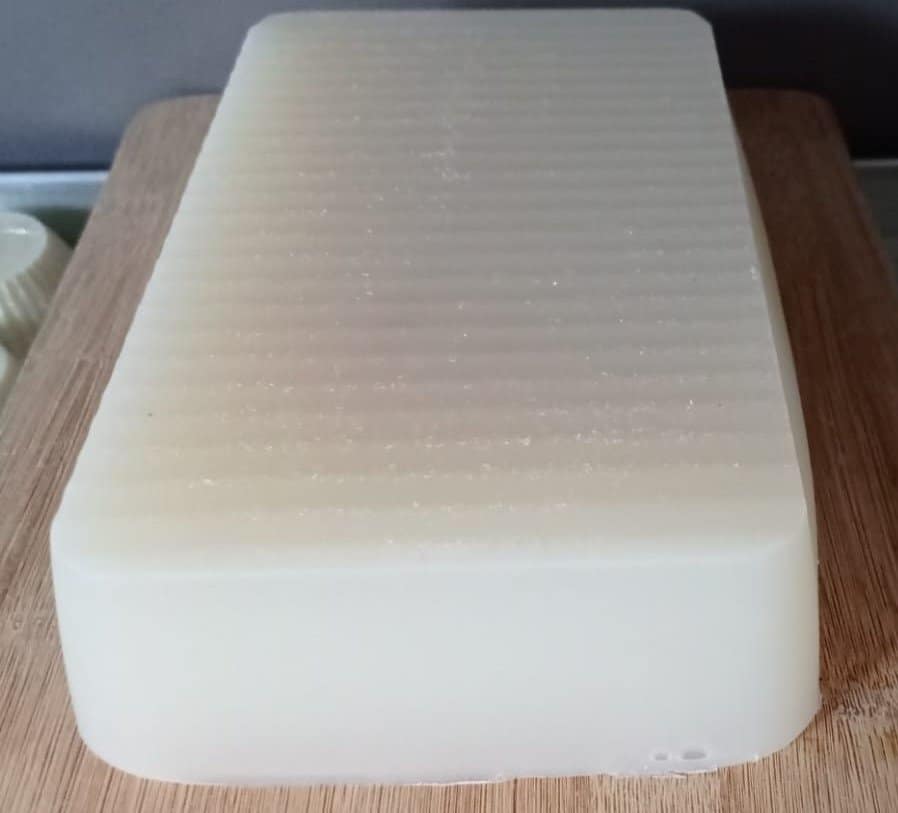
I always buy glycerin soaps at the mall and seeing that I can make it from the comfort of my home is really shocking and I would definitely make this with my fiancee in the near future and I know shell love us to embark on the project as well because she likes these kind of things
Hello again Collinsss and thanks for your comment!
As long as you follow the safety instructions and use IPE at all times, yes, you are ready for some great fun as well as a chemistry lesson happening before your eyes 🙂 the video is brasilian, but you can put e****** s******** on them.
Have fun and let me know how it went!!
Cheers,
Sofia Matias
Can you really make melt and pour at home? I had no idea! Great recipe to try at home!
Hello and thanks for your comment.
Yes, it’s true. Although this soap base is not transparent, more like translucid, the soap itself is soft, foamy and very cleansing. To overcome the alcohol scent you can use peppermint EO/fragrance, or tea tree, those were my favorites.
Cheers,
Sofia
Can I substitue goat milk for the sugar syrup?
Hello Julie.
You can replace sugar syrup with sorbitol (more artificial, but it helpt to prevent yellowish soap).
I never tried and have no idea what will happen if you use goat milk instead of sugar syrup. Goat milk for sure has many additional substances compared to sugar syrup, including some fat. I don’t know if the sugar in it is enough to work as a solvent, like the sugar syrup does.
I’d stick to the recipe. I will investigate for a recipe considering goat milk in the ingredients list and post later on 🙂 it might happen that you can use it in lye water, like in cold process.
Cheers,
Sofia